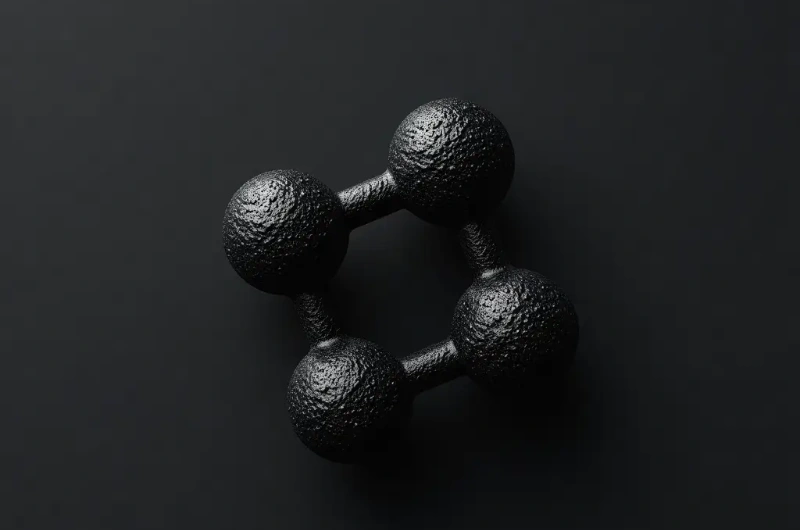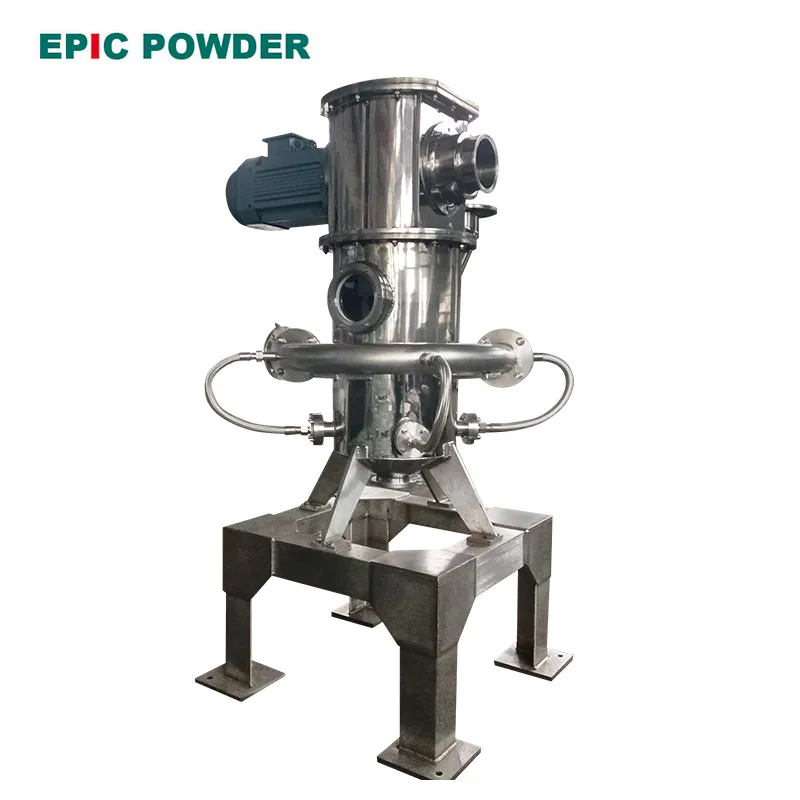Overview of Silicon-Carbon Anode: The Inevitable Choice Beyond Graphite Limitations

Graphite Anode Reaching Its Performance Limit
Currently, graphite dominates lithium battery anode materials, accounting for over 80% of the market. Its theoretical capacity is 372 mAh/g, while practical performance has already reached around 360 mAh/g — nearly the theoretical limit.
However, as electric vehicles, 3C electronics, and energy storage systems increasingly demand higher energy density and faster charging, graphite anodes can no longer meet these requirements. Silicon-based anodes have thus emerged as the only scalable next-generation solution.
Silicon’s Ultra-High Theoretical Capacity of 4200 mAh/g
Silicon boasts a theoretical capacity exceeding 4200 mAh/g — more than 10 times that of graphite — with a low lithiation potential (0.3–0.5 V vs Li/Li+) and excellent fast-charging performance. Moreover, silicon is the second most abundant element in the Earth’s crust, making it widely available and cost-competitive.
However, its major drawback lies in a 300% volume expansion during lithiation, leading to particle pulverization, SEI film rupture, and severe capacity fading (only 300–500 cycles). Initial coulombic efficiency (ICE) is also relatively low (65–85% vs. 90–94% for graphite).

Advantages and Challenges of Silicon–Carbon Anodes: High Energy Meets Engineering Barriers
Advantages
- 20–50% Higher Energy Density: When paired with high-nickel cathodes, Si–C anodes enable cell energy densities exceeding 300 Wh/kg.
- Superior Fast-Charging Performance: Silicon’s isotropic lithiation behavior allows for high-rate charging, ideal for AI smartphones, PCs, and large cylindrical cells such as 4680.
- Abundant Raw Materials: Silane, silicon powder, and SiO₂ have a complete domestic supply chain, ensuring resource security and cost stability.
Disadvantages
- Large Volume Expansion: The 300% expansion poses system-level challenges to electrode design, binders, electrolytes, and conductive networks.
- Low Initial Efficiency: Significant lithium loss during the first cycle requires pre-lithiation or cathode lithium compensation, increasing cost and process complexity.
- Limited Cycle Life: Improvements rely on nano-engineering, porous carbon structures, elastic binders (e.g., PAA), single-wall CNTs, and electrolyte additives (FEC/VC).
- High Cost: In 2024, premium Si–C anodes are priced around ¥200,000/ton, far higher than graphite (¥30,000–50,000/ton). Cost reduction will depend on scaling, equipment localization, and silane self-production.
EPIC POWDER: Advanced Grinding and Classification Solutions for Silicon–Carbon Anodes

With over 20 years of experience in ultrafine powder engineering, EPIC POWDER provides integrated solutions for silicon–carbon anode materials — from nanometer-scale grinding to precision classification and carbon coating.
- Utilizes inert gas jet mill to prevent oxidation and contamination.
- Employs closed-loop classification systems for precise particle size control.
- Supports composite grinding of nano-silicon, graphite, and conductive carbons.
- Offers customizable lab-scale, pilot-scale, and production-scale lines to accelerate industrialization.
Through EPIC POWDER’s high-efficiency grinding and precise classification technology, silicon–carbon anode materials achieve controlled particle size, stable structure, and optimized specific surface area — delivering improved performance and reduced cost. EPIC POWDER continues to empower the next generation of high-energy lithium battery materials with advanced powder processing solutions.
